![图片[1]-Affordable Aerial Imaging: 4K Drones Under $500-msoen](https://www.msoen.com/wp-content/uploads/2025/05/d2d93dbac7003351-1024x683.png)
![图片[2]-Affordable Aerial Imaging: 4K Drones Under $500-msoen](https://www.msoen.com/wp-content/uploads/2025/05/66bb7ae8de003335-768x1024.png)
![图片[3]-Affordable Aerial Imaging: 4K Drones Under $500-msoen](https://www.msoen.com/wp-content/uploads/2025/05/f3168f79fc003323-768x1024.png)
![图片[4]-Affordable Aerial Imaging: 4K Drones Under $500-msoen](https://www.msoen.com/wp-content/uploads/2025/05/f680200cf2003311-768x1024.png)
The drone market has seen a surge in budget-friendly options, with models offering 4K cameras now available for under $500. While these drones cannot match the precision or durability of high-end devices, they provide an accessible entry point for hobbyists, travelers, and content creators seeking aerial perspectives without significant financial investment. This article examines the capabilities, trade-offs, and practical considerations for owning a 4K drone in this price range.
Technical Specifications of 4K Drones Under $500
Budget 4K drones prioritize affordability over professional-grade performance, but they still incorporate key features to deliver usable aerial footage:
- 4K Cameras with Basic Stabilization
- Most models feature a 12–20MP sensor capable of recording 4K video at 24–30fps. Some include HDR mode for improved contrast in bright or shadowy conditions.
- Stabilization typically relies on electronic image stabilization (EIS) rather than mechanical gimbals, leading to occasional distortion in windy conditions or rapid movements.
- Flight Performance
- Battery Life: Usually 15–25 minutes per charge, with real-world usage often closer to 10–18 minutes due to power-intensive features like 4K recording.
- Range: Transmitter range is limited to 100–200 meters, and altitude restrictions (e.g., 400 feet in many regions) cap aerial coverage.
- Obstacle Avoidance: Basic models may include front-facing sensors for collision avoidance, but mid-range or backward-facing detection is rare.
- Smart Features
- Follow-Me Mode: Tracks subjects using GPS or visual tracking, though accuracy varies.
- Orbit and Waypoint Navigation: Simplified automation for structured shots, but path precision is limited compared to higher-tier drones.
- Design and Portability
- Lightweight materials (plastic or reinforced polymers) keep weights under 1 kg, complying with hobbyist regulations in most countries.
Common Use Cases
- Travel and Vacation Footage
Ideal for capturing scenic vistas, cityscapes, or family outings. The 4K resolution ensures sharpest details when footage is cropped for social media posts or slideshows. - Content Creation for Social Media
Vloggers and influencers use these drones to add dynamic angles to YouTube shorts, Instagram Reels, or TikTok videos. Slow-motion clips (120fps in 1080p) enhance storytelling. - Hobbyist Photography
Amateurs experiment with aerial compositions, real estate walkthroughs, or event coverage (e.g., weddings, festivals). However, low-light performance may limit indoor or evening use. - Educational Projects
Students or DIY enthusiasts explore photography basics, mapping techniques, or environmental monitoring at an affordable cost.
Key Limitations
- Variable Image Quality:
- Low-Light Performance: Noise and grain become pronounced in dim conditions due to smaller sensors and limited ISO range.
- Digital Zoom Limitations: Digital zoom (2–3x) reduces resolution, sacrificing clarity for framing flexibility.
- Durability Concerns: Plastic frames and minimal weatherproofing make these drones vulnerable to crashes or rain.
- Regulatory Hurdles: Operators may need to register devices or pass basic competency tests in certain regions.
How to Maximize Value
When selecting a 4K drone under $500, prioritize:
- Sensor Size: Larger sensors (e.g., 1-inch) improve low-light performance and depth of field.
- EIS Quality: Look for software enhancements like motion smoothing or artifact reduction.
- Battery Life: Opt for models with swappable batteries or fast-charging support.
- Software Ecosystem: Ensure compatibility with free or affordable editing tools (e.g., DaVinci Resolve, CapCut).
The Future of Budget 4K Drones
Advancements in low-cost technology promise incremental improvements:
- Improved Sensors: Smaller, more efficient chips could enhance low-light capabilities.
- AI-Assisted Features: Automated scene recognition or object tracking may refine shot composition.
- Foldable Designs: Compact, portable builds for easier travel.
Final Thoughts
Drones with 4K cameras under $500 are a practical compromise for casual users and emerging creators. While they sacrifice professional-grade durability and image quality, their accessibility makes aerial photography achievable for novices. By setting realistic expectations—avoiding low-light shots, prioritizing outdoor use, and embracing editing tools—buyers can unlock creative potential without overspending. As technology evolves, these drones will likely bridge the gap between toy-grade gadgets and serious tools, empowering more people to explore the skies.


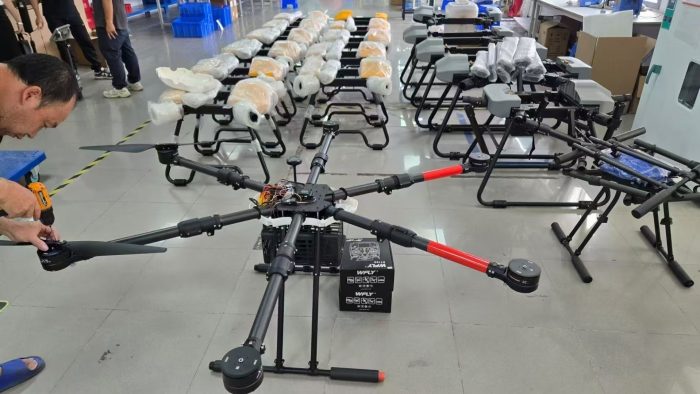

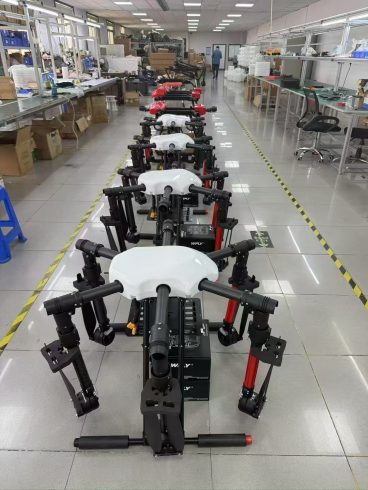
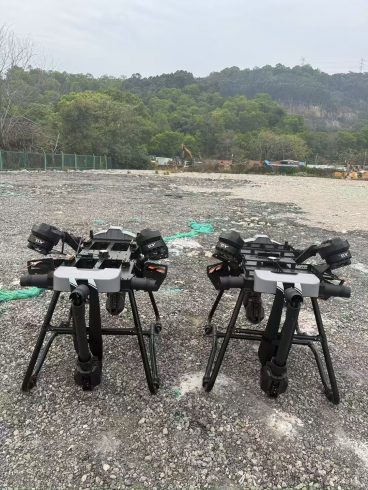
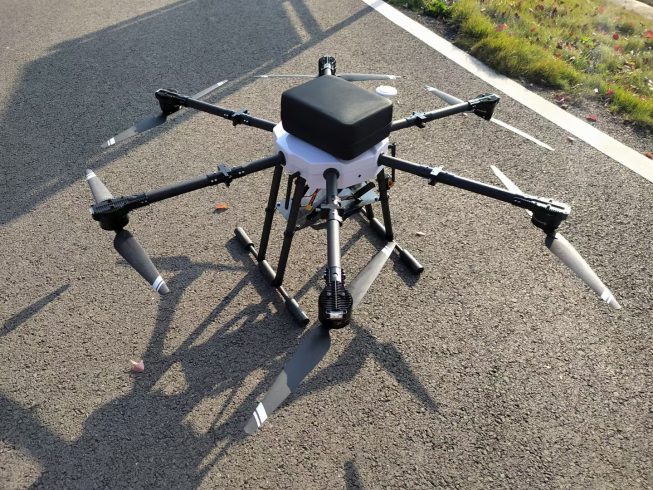
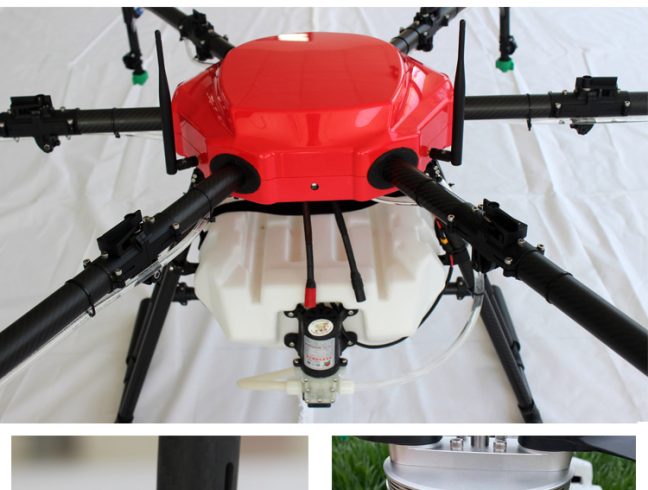

暂无评论内容